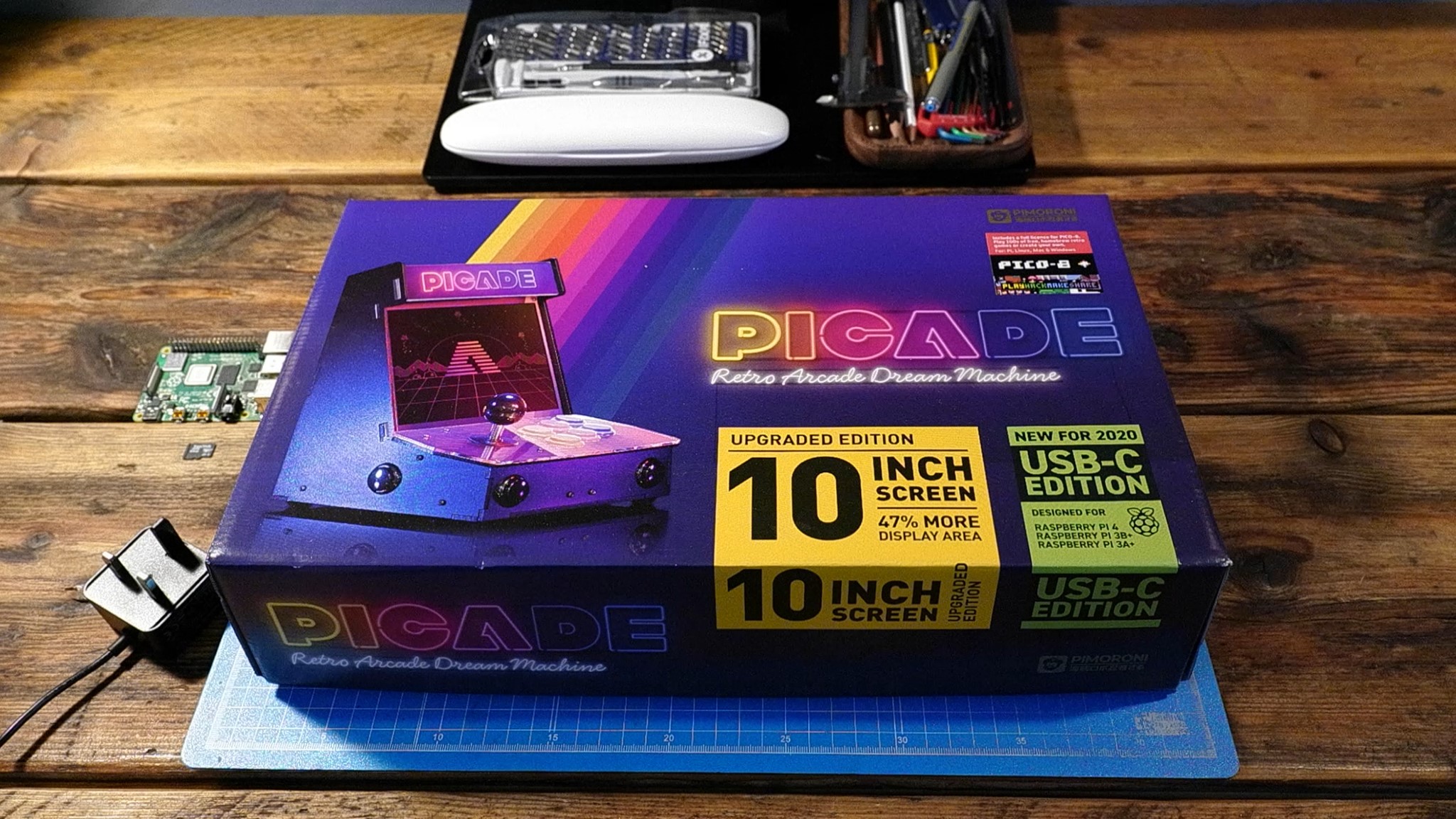The Quest for the Perfect PICO-8 handheld
Ever since PICO-8 was created people have longed for a physical form of what is still a fantasy console.
On my long quest for the perfect PICO-8 handheld I've owned no less than six handhelds (plus experiments with iPhones and DIY Pi Zero solutions). Until I finally reached the handheld endgame with the Waveshare GPM280. Here's my take on all of them:
| Name | Pros | Cons |
|---|---|---|
| PocketChip | Officially supported by Zep | Terrible keyboard, unplayable game controls |
| " | Screen is pixel-perfect (with a bit of border) | Really bulky |
| " | Hacker vibes | Unfinished look |
| " | No sound | |
| " | Not enough perf for demanding carts | |
| Clockwork Pi | Good performance | Bulky |
| " | Good controls | Low rez plastic screen that scratches easily |
| " | Nice OS | Need to assemble |
| " | Video driver issues | |
| GPi Case | Great build quality | Pi 0 doesn't have enough perf even for 30 fps carts |





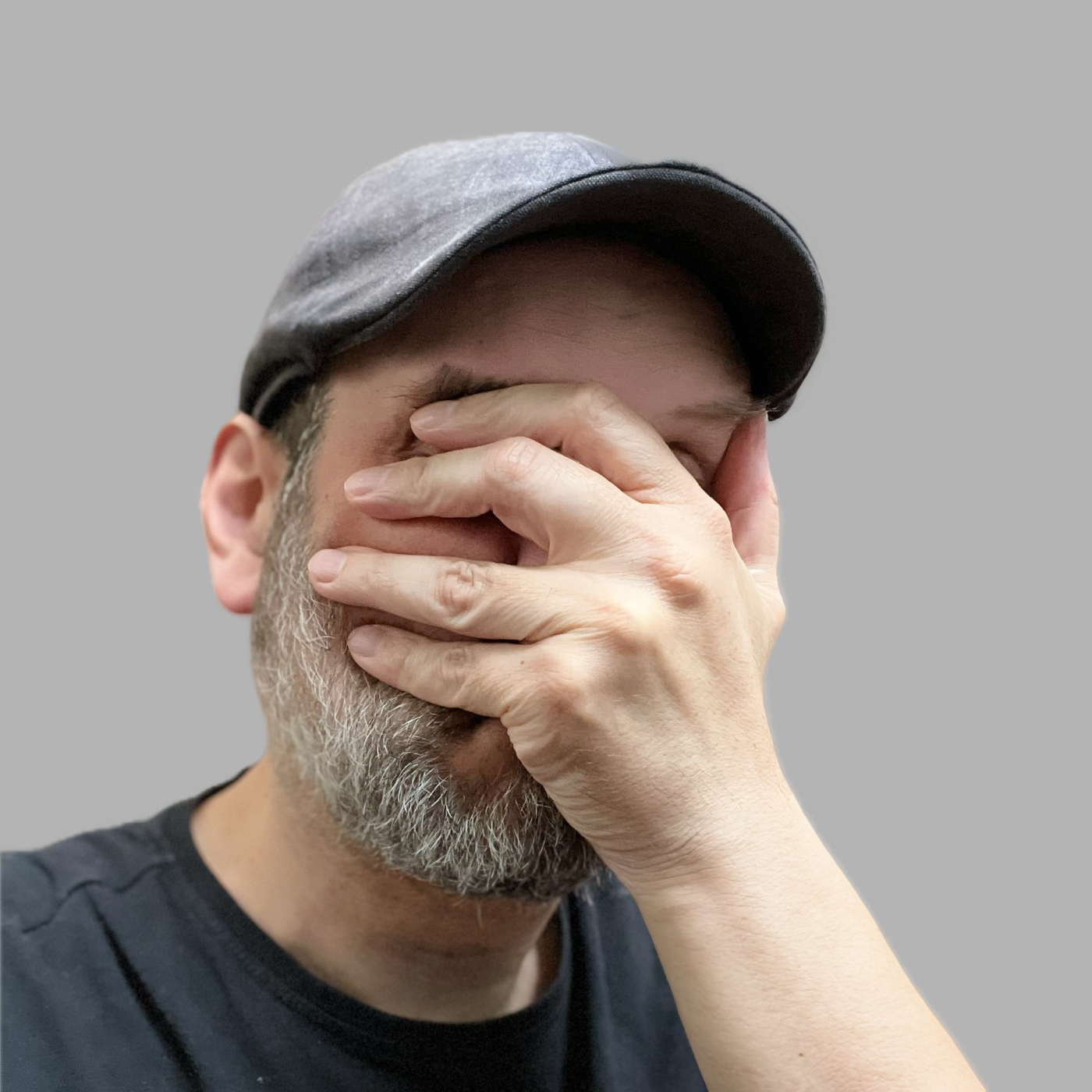

TL;DR: Do you like your pixels razor-sharp? Do you like PICO-8? Then get this handheld.
Looks
This is the new Game & Watch
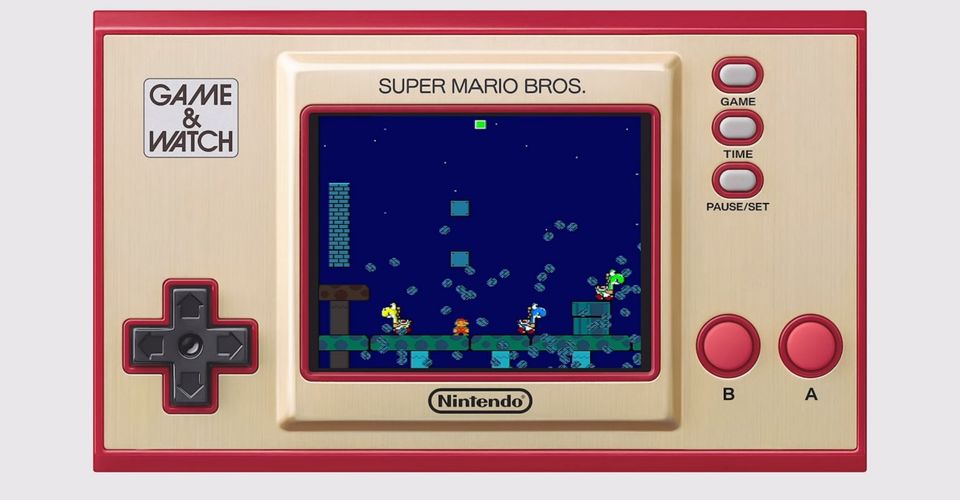
This is the Game Boy Micro

And this is the new Waveshare GPM280.
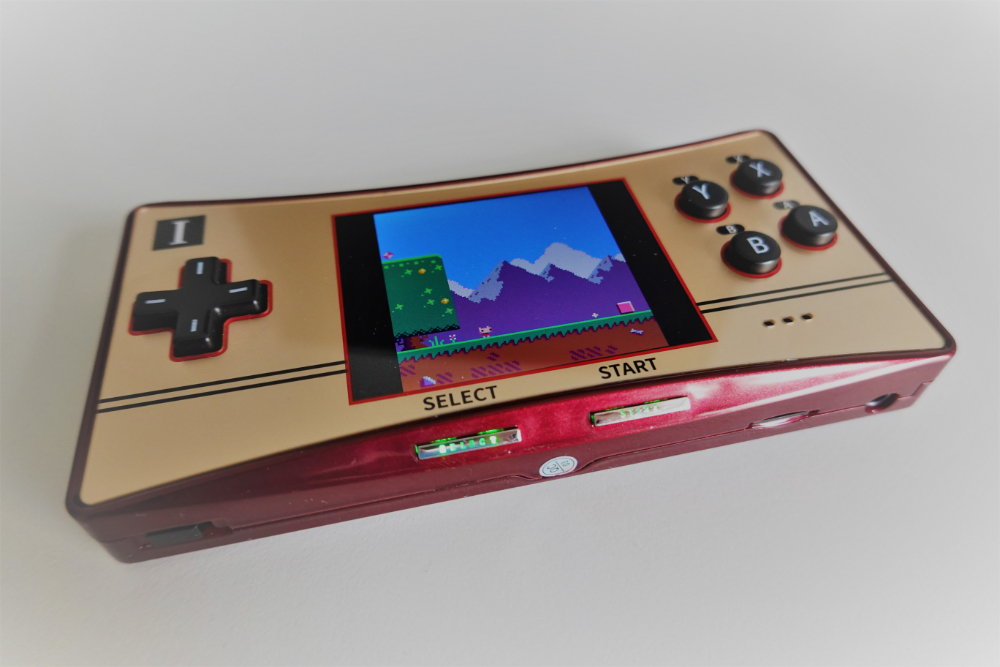
Looks good, don't you think?
And it runs PICO-8 perfectly. The screen, oh, yes the screen. In a word: razor-sharp pixels.
Screen
128x128 is such an oddball resolution. Practically no screens in use can scale that resolution easily, the only exceptions are 1024x768 screens and the iPhone 4's 960x640 retina screen. The solution to this conundrum? A smartphone-like high DPI screen plus an intelligent scaling algorithm. An approach taken by the upcoming Analogue Pocket for example. But that won't run PICO-8.
Take a look. On the bottom is the pixel-perfect iPhone 4 screen (5x integer scale), on the top is the GPM280 screen. Also notice the 45° diagonals, on the RG280V they don't look right because of uneven scaling. Here they are perfect. (Right-click on this picture to enlarge.)






Low-Rez pixel art is the great equalizer.
Anyone can do low-rez pixel art and make it look at least decent.
There was a high school teacher that taught his students how to code homebrew games on the Game Boy Advance via emulators and a flash cart.
While this teachers deserves applause, ultimately all the student projects looked amateurish next to commercial Game Boy Advance games.
The fuze basic for the Nintendo Switch also appeals to students but it relies on a pre-packaged library of professional 3d assets. Simply reusing professional assets leads to a mish-mash of styles. Your own artwork next to these assets also looks unflattering.
The low rez resolution and reduced color palette of pico-8 makes for more visual consistency. Yes professional pixel artists will still produce better looking games but the beginners art does not look like crap in comparison either.
You can still be a one-man shop like in the days of bedroom coding in the UK of the eighties. Instead of being at least a artist/coder duo.

Summary: great hardware, lackluster software.
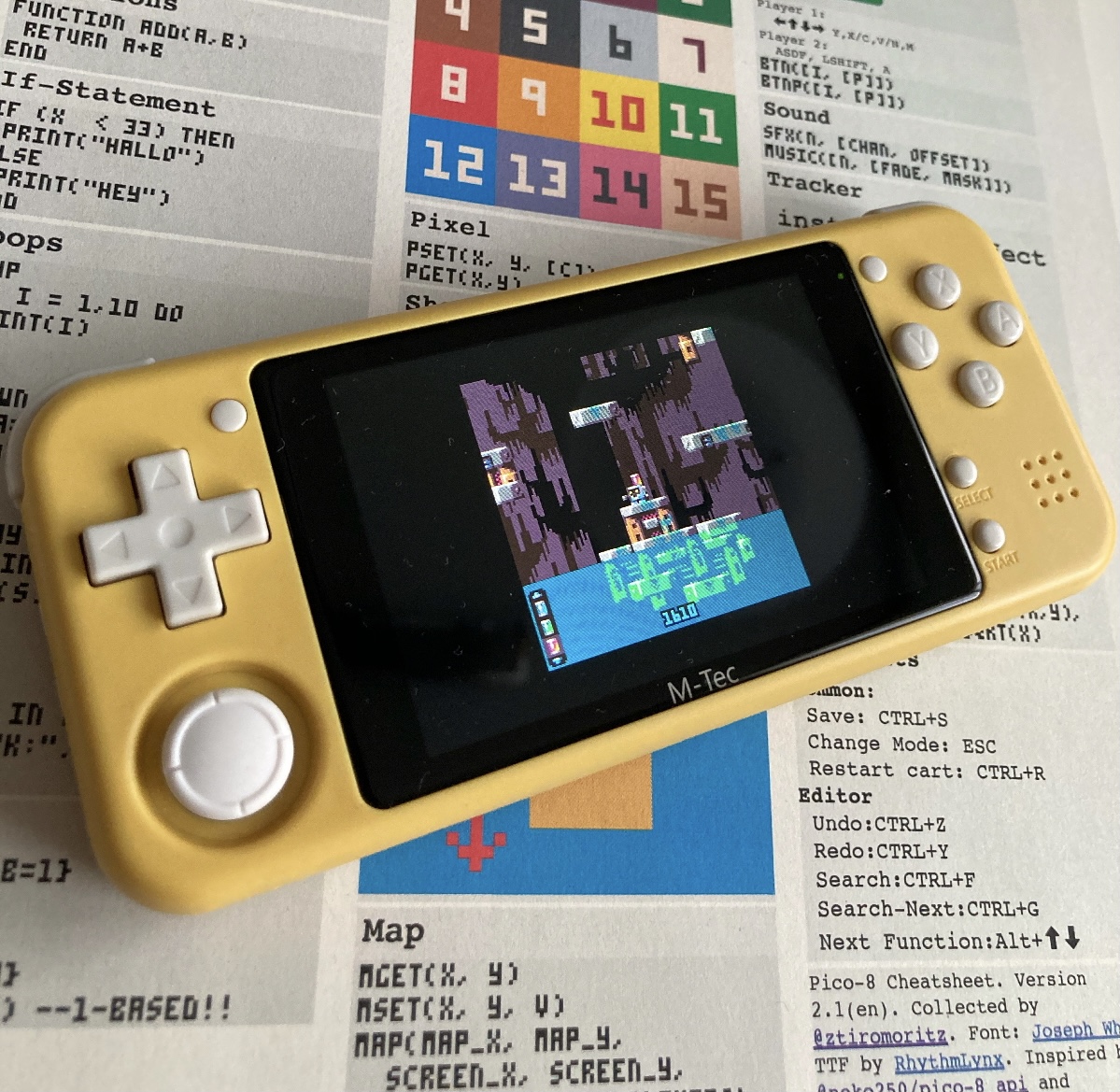
Intro
Retrododo gave a bit of a rant about the ZPG Pro which I think is a bit unfair because he was talking about the problems with chinese retrohandhelds in general and there are certainly shoddier ones than the ZPG Pro.
Hardware
The case looks very slick, nintendo-ish in quality. The analog stick is great, it is the same as in the Nintendo Switch. Very satisfying and ergonomic to hold with its rounded edges, the plastic feels great to the touch. The glass front of the screen has rounded curves at the edges which looks very premium, like a high-end smartphone. The display is top-notch. Even greater colors and brightness than my funnyplaying IPS mod on the original GBA.
The buttons feel good but not great. The D-Pad has a good size. I hear that the silver metal version has more clicky buttons, but the newer rose gold metal version, the only version yet with built-in wifi, has the same buttons. I'd say they are halfway between mushy and clicky. I wish they had a bit more resistance.

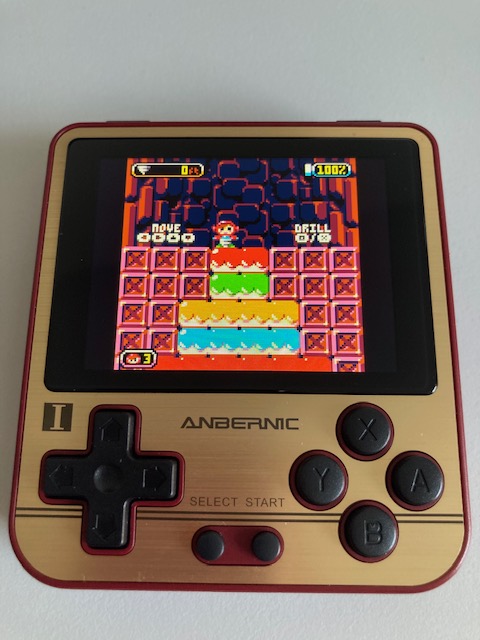
This month a new handheld was released: the Anbernic RG280V. With it's diminuitive form factor and 2.8 inch screen is it the most pico PICO-8 handheld yet?
It's driven by a slightly underpowered 1 Ghz chip, the same as is used in the RG350 or even the GCW Zero from 2013. Not enough for more advanced consoles but for emulating handhelds like Game Boy Color or Neo Geo Pocket it's just right. And with the new Tac08 emulator it can even run PICO-8 games pretty faithfully.
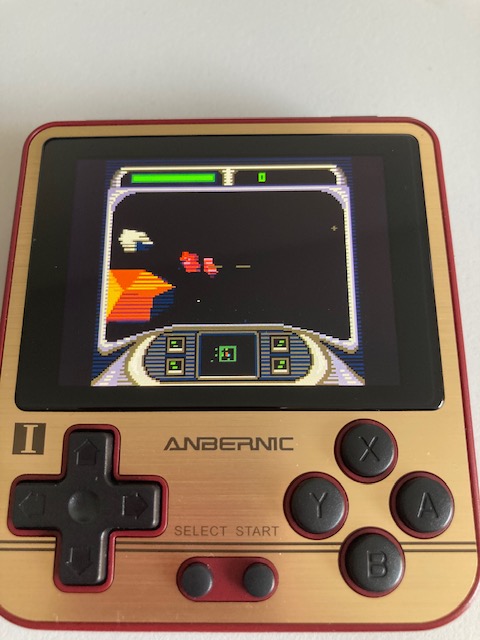
The screen looks great, it has an even greater resolution than the RG350 so scaling issues are almost non-existent. The colors are vibrant. Build quality is top notch. The controls feel very satisfying. Although it's so small compared to a Xbox controller, the actual D-Pad is almost the same size.
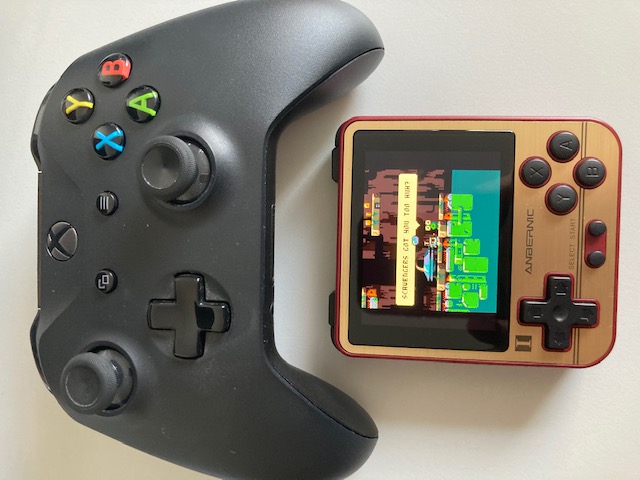
The only drawbacks at the moment are some sound issues and compatibility with the PICO-8 library is not at 100 % yet. Still, the emulator is making great progress and it is only a matter of time before these issues will be resolved.




This is not a bug per se but still has the potential to break PICO-8.
I was surprised to learn that the most recent version of Buildroot has completely removed the WiringPi package. It says:
> ### BR2_PACKAGE_WIRINGPI:
> The author of wiringpi has deprecated the package, and completely removed the git tree that was serving the sources, with this message:
> Please look for alternatives for wiringPi
Apparently the author has had enough: wiringPi – deprecated…. This has obvious implications for PICO-8 as it currently depends on WiringPi. I hope @zep is aware of this.

The Pocket Popcorn Computer
There's a new kickstarter for the Pocket Popcorn computer, a small linux handheld that builds on designs from the original PocketCHIP. This time the keyboard looks quite useable and it has a high-quality 5 inch display. With it's full HD resolution we could display PICO-8 with a perfect 8x scale. What's more it seems it could be binary compatible with the PocketCHIP build of PICO-8. By the way, the red color below is from the configurable RGB lighting and could be any color you like.
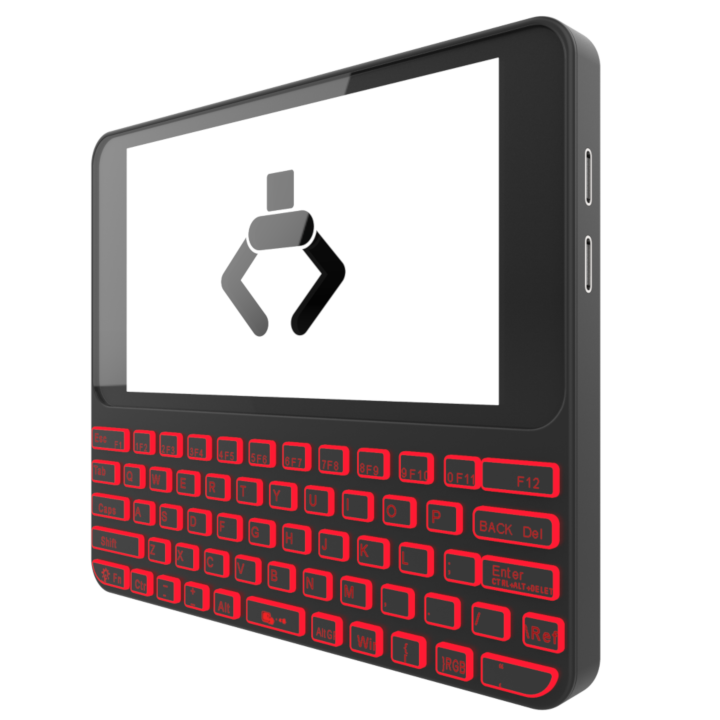
Currently there is a discussion for the right keyboard layout, if some of you could post their suggestions here. I think we need a better cursor key layout that is suitable for gaming.
The device is slated for an August 2020 release. Well. Let's hope.


After upgrading to Pico-8 0.1.12C I noticed pixels were a bit blurry, even with the explicit option -pixel_perfect 1
Well, it seems the reason is not PICO-8 but a recent Windows 10 update. I have systemwide DPI set to 125 % and Windows therefore tries to scale the PICO-8 window a bit.
I fixed that by right clicking on the PICO-8 shortcut, settings, Compatibility, Button "Change High DPI-Setting".
In the following dialog turn on both checkboxes:
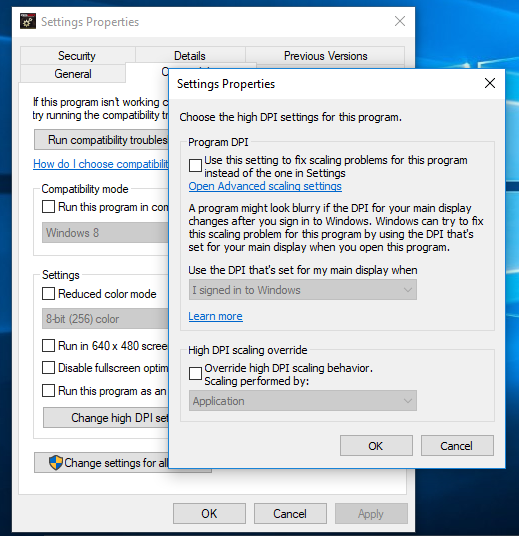


PICO-8 iPhone Shell
This is a work-in-progress iPhone Shell for PICO-8 featuring
- sound
- real gamepad controls (digital and analog)
- pixel-perfect scaling
- low latency (run loop reading input runs 60 times a second)
Note: I am abandoning this project because I now use the ClockworkPi Gameshell.
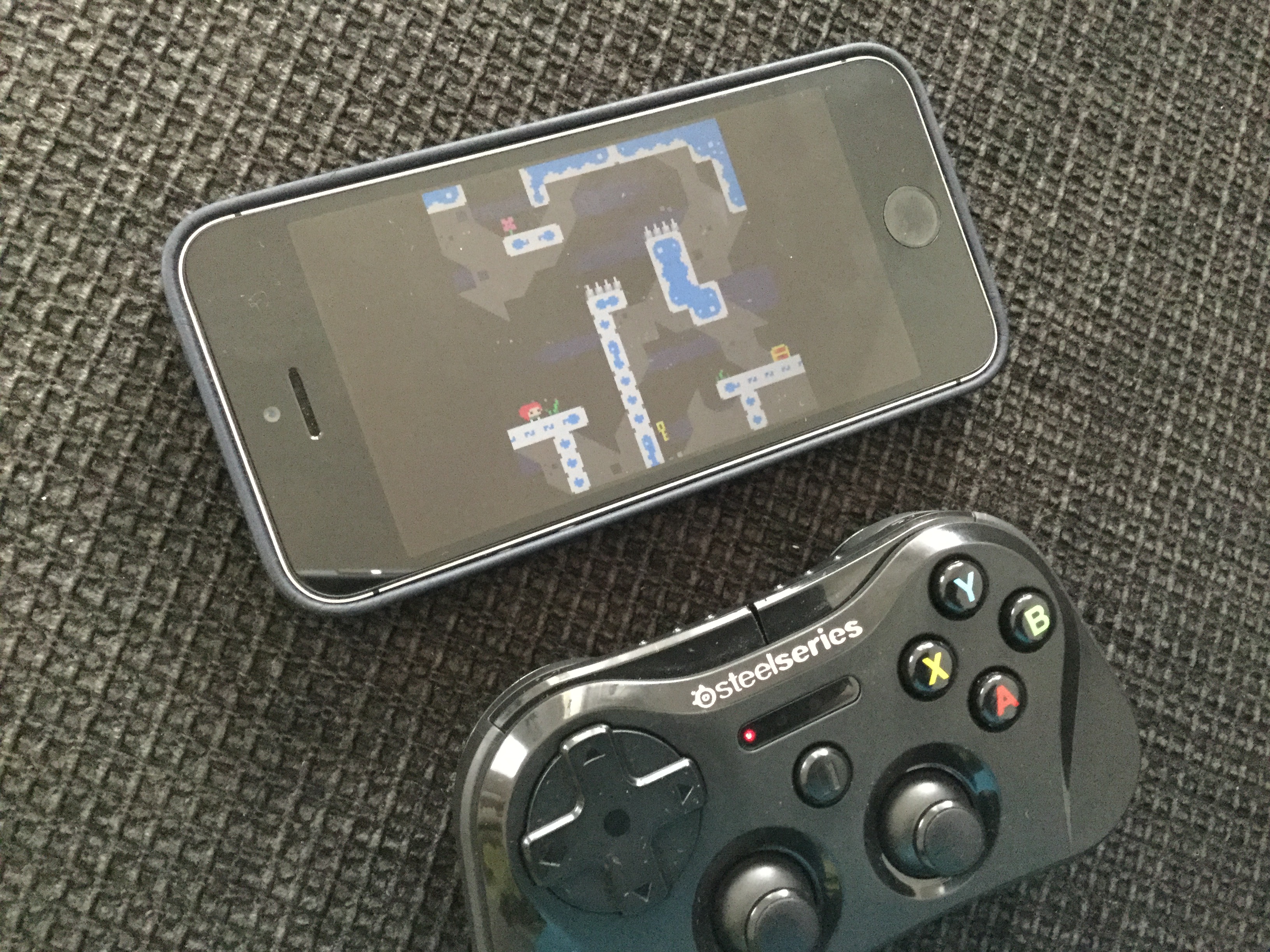
It uses the Gamepad API that was introduced with iOS 11 and was tested with the following MiFI-Controllers:
| Controller | Working |
|---|---|
| Kanex GoPlay Sidekick | Yes |
| SteelSeries Stratus | Yes after Firmware Update |
| Logitech PowerShell Controller | No |
No more touch support at the moment.
On the iPhone SE you have pixel-perfect scaling. Since the iPhone SE's display is 640 pixels wide you can do a 5x integer scale for razor sharp pixels. For a more full-screen experience turn the phone sideways.






 1 comment
1 comment

